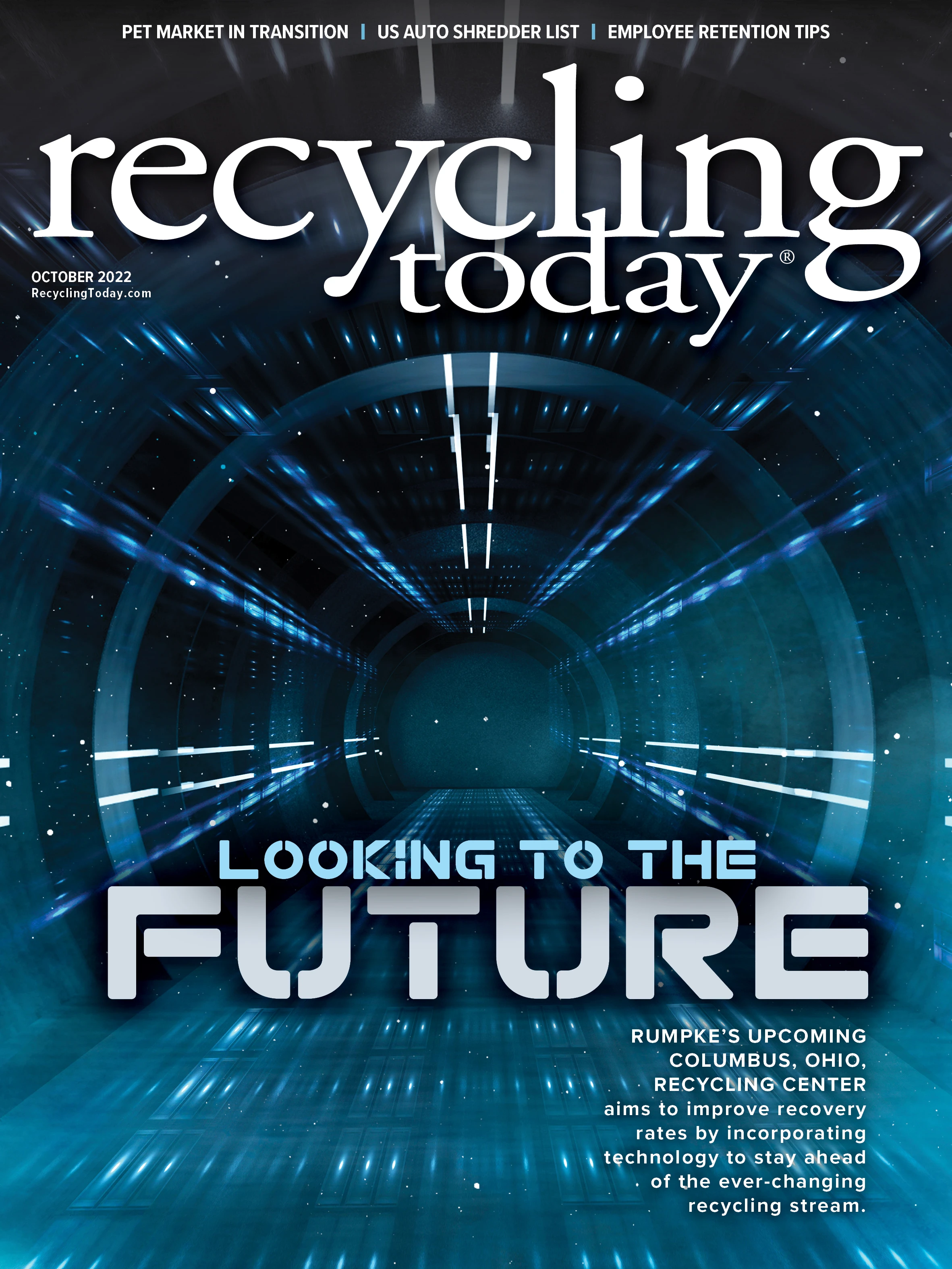I recently was frustrated by an article I read from ABC News, “Why plastic is building up at recycling centers and catching fire.” According to the article, “The majority of the combustible build-up at facilities is polyethylene terephthalate plastic, better known as PET, a clear, strong plastic typically used to make single-use beverage bottles, packaging, clothing and carpets. Most consumers believe this type of plastic can be recycled, but the majority of it is sitting in recycling facilities where experts say it is at risk of catching fire.”
The article also alleges these bottles “pile up until they can be sold and exported to other countries,” referring to a NAPCOR (National Association for PET Container Resources) report from 2018.
In 2010, the U.S. exported 39 percent of the plastics recovered for recycling. By 2020, that figure was 8 percent, according to data from Stina Inc. When looking only at exports of plastic bottles (with PET representing 64.4 percent of the bottles recovered for recycling in 2020), the figure was even lower at 3 percent.
“U.S. PET recycling capacity increased to 2.7 billion pounds in 2020, up from 2.4 billion pounds in 2019.”
U.S. recycling capacity has grown significantly since 2018, with reprocessors investing to recycle PET bottles as well as plastic film, polypropylene and high-density polyethylene in response to China banning imports of postconsumer plastics.
PET recycling capacity in the United States increased to 2.7 billion pounds in 2020, up from 2.4 billion pounds in 2019, according to the “2020 U.S. Post-consumer Plastic Recycling Data Report,” and more PET bottles were recycled back into bottles rather than into fiber in 2020, the most recent year for which we have data.
The ABC article also says shrink-wrap labels on PET bottles are “destroying the recyclability of the plastic;” however, this is not a strictly true statement. Steve Alexander, president of the Association of Plastic Recyclers, has said bottles featuring such labels “can be—and are—recycled each and every day.” The APR even has issued guidance in this area.
PET bottles represent the largest category of plastic bottles produced and recovered for recycling in the U.S. If mainstream media articles that reference old data make consumers second-guess their decision to put these bottles in their recycling bins, we can see PET recycling rates decline further at a time when reclaimers are making significant investments to meet brand owner demands for recycled content in their packaging.

Explore the October 2022 Issue
Check out more from this issue and find your next story to read.
Latest from Recycling Today
- APR, RecyClass release partnership progress report
- Clearpoint Recycling, Enviroo sign PET supply contract
- Invista expanding ISCC Plus certification program
- Redwood partnership targets recycling of medium-format batteries
- Enfinite forms Hazardous & Specialty Waste Management Council
- Combined DRS, EPR legislation introduced in Rhode Island
- Eureka Recycling starts up newly upgraded MRF
- Reconomy Close the Gap campaign highlights need for circularity





